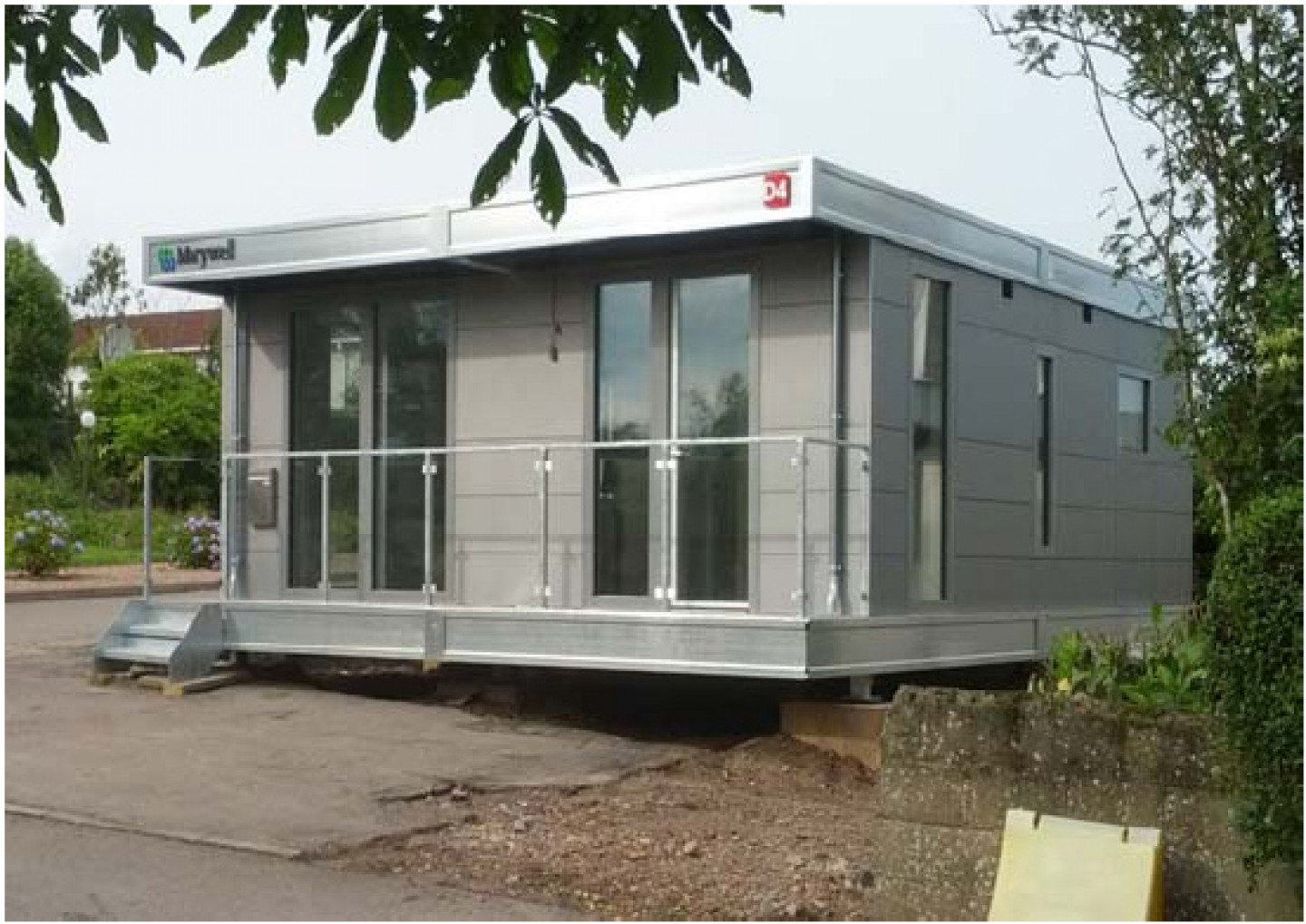By the nature of off-site construction the first issue to overcome is the size of unit that can be built as this is governed by road haulage. The maximum permissible width that can be transported is 4m. In this instance the plot size was limited to 7.25m which therefore resulted in each module being 3.625m wide.
One of the objectives set in place was to target a wall U-value of 0.10W/m²K. This by the nature of traditional construction techniques and materials would require walls with thicknesses of up to 500mm. Due to the small nature of the building this potential loss of floor space could not be justified. This sent Build Different on a path of exploration with regards to the next generation of insulation materials which could give them the high level of performance needed but within minimal thickness.
This is where they discovered Kevothermal Ltd, a UK manufacturer of Vacuum Insulation Panels (VIPs). With a thermal conductivity of 0.0038W/mK this technology would allow a reduced wall thickness but still achieving 0.10W/m²K U-value.
Understanding the fragility of VIPs Build Different devised the concept of a Structural Vacuum Panel (SVP), which would embed the insulation within a closed timber construction panel in an off-site environment. The SVP is composed of a VIP at its core which is then encased with additional PIR insulation and further protected by sheet OSB. This enables traditional fixings to be used without the risk of puncturing the vacuum panel. As the VIPs are made-to-measure products and cannot be cut all penetrations Fig 1 in the fabric had to be planned in advance
As shown in fig.2 where there was a requirement for a ventilation duct this required a
combination of VIP sizes to create the SVP.
Stuart Duncan of Build Different said “The process of installing the VIPs was very straightforward and there were no damages to any of the panels”. The SVP was 125mm in thickness with a 25mm VIP at its core. Conventional SIPs panels were used on the floor and roof as there were no real space issues.
Fig.3 shows the SVP’s fixed in place within one module. Build Different decided to add further insulation to the external and internal faces of the SVP’s to boost the insulation performance further. 25mm of PIR was added to the internal face, held in place by screws, all joints were then taped in order to create a vapour barrier. Plasterboard was then fixed directly onto the insulation using longer screws which fixed into the underlying OSB. As the VIPs were embedded so far into the SVP’s there was no chance of the VIPs being punctured by the screws.
Externally another 25mm layer of PIR was added followed by a Tyvek UV façade membrane which was all held in place by 38mm vertical battens. Finally the 8mm thick Rockpanel rainscreen cladding system was applied.
When reflecting on the project Stuart Duncan did comment that a future adaption to the design may be to design the walls to a 0.15W/m²K U-value which would then alleviate the need for the additional insulation layers to either side of the SVP’s. With regard to cost although the VIP solution was approximately 50% more expensive than traditional SIPS this was more than justified by the increase in useable floor space.
Key Design Values
Overall Wall Thickness - 234mm
Overall Wall U‐value - 0.10W/m²K
Airtightness - 0.42m3(m²/hr)
Total elec heating - 1800W
Solar PV - 2.94kw
MVHR recovery rate - 97%
Glazing U‐ value - 0.75W/m²K
